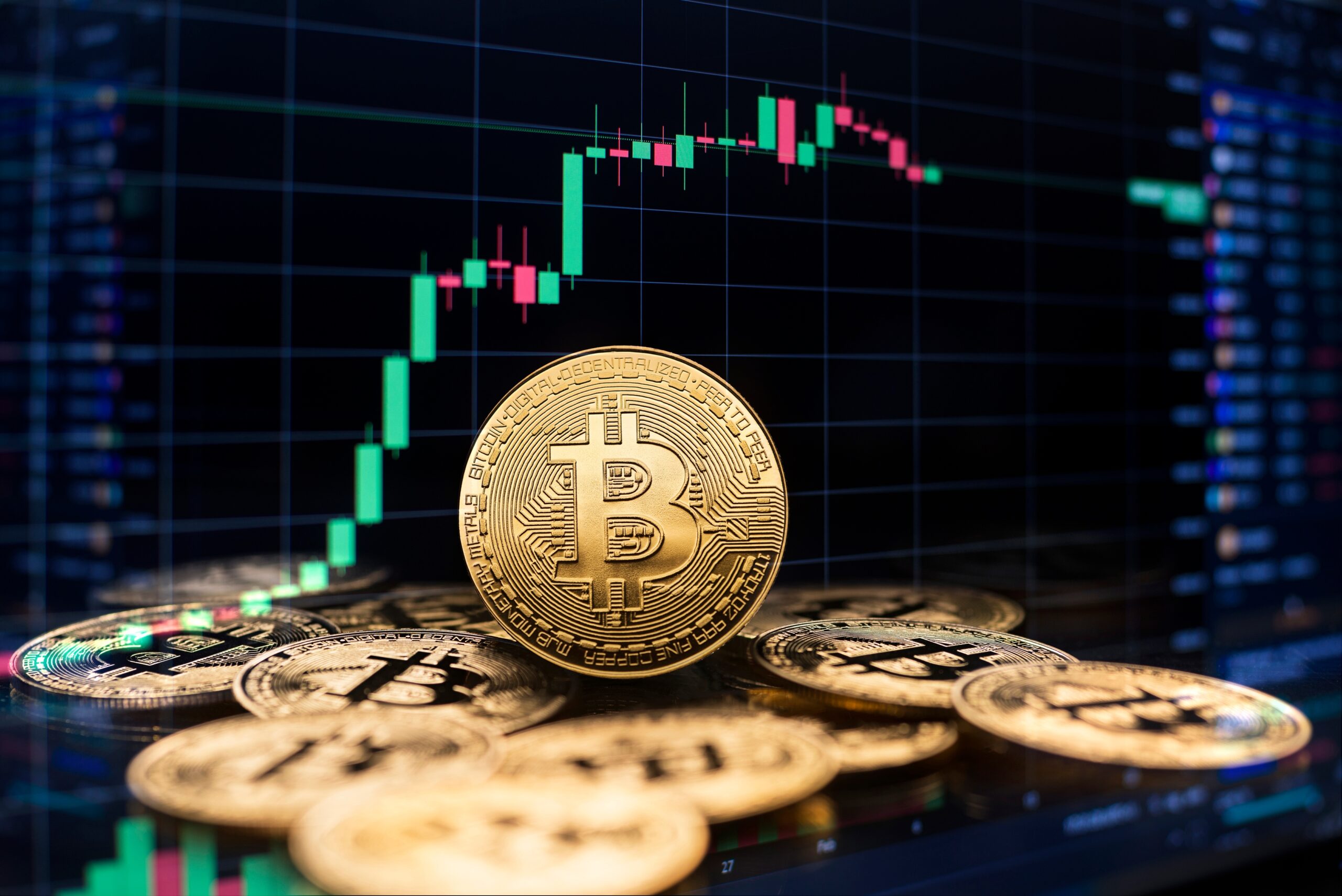The important topic that’s constantly put on the back burner.
Last month, stablecoins (and synthetic assets*) reached a new milestone, hitting a combined market cap of $300 billion.
Despite the emergence of Ethena’s USDe, the Trump-affiliated World Liberty Financial, and Ripple’s RLUSD, Tether USD (USDT) remains the largest stablecoin by market cap, and by a significant margin.
With USDT currently at $181 billion, it has a market cap gap of more than $100 billion compared to the $72 billion of its main rival, Circle USD (USDC).
Together, they represent 86% of the stablecoin market.
*A synthetic asset is a financial product that mirrors the performance of another asset, allowing investors to capture its value without actually owning the underlying instrument. This has some similarities to derivatives in TradFi.

. Screenshot taken on November 7, 2025.
Numbers aside, with USDT accounting for the majority of stablecoins since its launch in 2017, concerns have arisen about the high concentration of dollar-pegged tokens in a single company, which relocated from the British Virgin Islands to El Salvador in January.
Tether Limited is a subsidiary of iFinex Inc., the same company that operates the cryptocurrency exchange Bitfinex.
So, while Tether deals in “USD”, it is not an American company and doesn’t fall under the purview of U.S. financial regulators (more on this later).
Aside from one centralised institution having a 60% market share of stablecoin issuance, Tether has never undergone a comprehensive, unrestricted third-party audit.
Instead, it releases quarterly attestations from BDO Italia, whose parent company is the fifth-largest accounting firm in the world, which outline reserve composition but stop short of confirming that every USDT is 1:1 backed.
In March, Tether CEO Paolo Ardoino mentioned that the company is “engaging with a Big Four accounting firm”.
After eight months, there’s still no answer.
To Tether’s defence, the entity has been trying for years to obtain an audit from one of the prestigious firms: Deloitte, EY, PwC, and KPMG.
In an April 2024 interview with DL News, he noted the companies’ reluctance to carry out a Tether audit due to potential reputational risks.
Fair call, but we now have the Trump administration and the implementation of the GENIUS Act since then. At some point, this will no longer be a valid argument.
Funding such a major audit is clearly not an issue, either. Tether reported profits of $10 billion in the first nine months of this year.
While banks and other financial institutions have operated using the dubious practice of fractional reserve lending over the decades, they have reportedly faced more regulatory oversight and provide greater (FDIC) consumer protections than stablecoins, at least not for now.
Still, it’s a bit rich to criticise Tether and other issuers when TradFi has such flaws, with many entities having been bailed out by the U.S. Government, i.e., taxpayers, over the decades.
Additional thoughts
In a recent conversation I had on LinkedIn with a Bitcoin detractor, they believed that a large issuance of USDT since January 2023 has pumped BTC’s price.
This is somewhat true, but it would be misleading to imply that most of Bitcoin’s growth is due to the issuance of new USDT.
If anything, the approval of spot Bitcoin ETFs and the rise of publicly-listed Bitcoin treasury companies would be the main catalysts for BTC’s performance in recent years.
For context, Bitcoin’s market cap rose from $318 billion to its peak of approximately $2.46 trillion when it reached its all-time high last month.
Tether USD, on the other hand, has gone from $66 billion to $181 billion.
On top of this, I haven’t even spoken about the growth in altcoins during this period.
When looking at TradingView’s TOTAL2ES chart below, it shows a $660 billion increase in the altcoin market cap.

. Screenshot taken on November 6, 2025.
Before continuing, Tether paid $41 million in 2021 to the U.S. Commodity Futures Trading Commission (CFTC) for reportedly “making untrue or misleading statements and omissions of material fact in connection with the U.S. dollar tether token (USDT) stablecoin,” according to a CFTC press release.
Additionally, Bitfinex was required to pay a $1.5 million penalty.
Should we be worried about Tether’s dominance and the lack of a fully-fledged review?
In short, no, at least not yet.
With positive equity of $6.777 billion^, where the combined value of assets (cash, Treasury securities, gold, Bitcoin, and other investments) exceeds liabilities, and Ardoino’s afore-mentioned comments about arranging a major audit, I will be keeping a closer eye on such developments as the months pass.
^As of 30 September 2025, according to Tether’s latest quarterly attestation.
If we don’t see a comprehensive review of these reserves in the next 12 months, then I would start having doubts.
What’s even better is that since the implementation of the GENIUS Act, we finally have clarity about how stablecoins are legally classified in the USA.
Are these securities or commodities? The answer is…neither. Rather, these are financial instruments, specifically digital assets used for payments.
This is based on Section 17 of the Act, which outlines the legal distinction between payment stablecoins and securities, commodities, and investment companies.
Under the EU’s Markets in Crypto‑Assets Regulation (MiCA) regulatory framework, these are categorised as electronic money tokens (EMTs) or asset-referenced tokens (ARTs), subjecting them to specific financial regulations.
“If you hold an EMT, you have the right to get your money back from the issuer at its full-face value, in the currency to which it references.”
Crypto Assets Explained: What MiCA Means for You as a Consumer. European Banking Authority.
There was ambiguity until this act received the all-clear, so many financial institutions were reluctant to fully support stablecoins.
Besides all of this, another positive sign, albeit a minor improvement, is that Tether’s overall market share has gradually dropped since January 2024.
With many cryptocurrencies still using the term ‘decentralisation’ misleadingly, it’s disappointing to see such a high concentration in just one stablecoin.
To clarify, I don’t have a problem with Tether. In fact, USDT has been highly advantageous for traders who need to rapidly switch between cryptocurrencies and fiat.
Until early 2017, most trading pairs were denominated against BTC or ETH, and to a lesser extent, LTC and XRP.
USDT has been the longest-lasting and most reliable option out there, so I give credit where it’s due.
Not just for the U.S. Dollar, but the company has also created stablecoins in Euro, (offshore) Chinese Yuan (CNHT/CNYT), and the Mexican Peso (MXNT).
Another solution they’ve offered is bringing gold on-chain through its XAUt token. With inflation and debasement eroding the value of fiat currencies, gold has reinforced its position as a reliable store of value.
Having it in a tokenised form has made it even more accessible to the masses.
Nonetheless, I want to see more stablecoin issuers capture a higher percentage of the market share.
In an ideal world, no single company should control more than 20% of a given industry to mitigate damage from any systemic risk and to encourage more regulated competition.
In practice, this is very wishful thinking, particularly regarding innovation, network effects, enforcing such limits, and economies of scale.
In this case, decentralisation will remain firmly on the back burner, and most will continue to use larger, centralised entities (for better or worse) when conducting stablecoin payments.
With rights come responsibilities. Thus, assuming that Tether maintains its prominent position, then governments should compel it to secure a Big Four audit by a certain deadline, no extensions.
This would also appease those who regularly bring up this topic and take away an ongoing argument used by anti-crypto crusaders.
Are you concerned that Tether has not yet secured an audit with a Big Four firm? Would a hypothetical Tether crash cause irreparable damage to Bitcoin and Ethereum? Comment below.
Affiliate links
Use the following links to help support my work. I receive a small commission per sale or new client at no additional cost.
Kraken
Get A$50 added to your Kraken account. Unlock it after your first trade of $130 (~A$200) with code: yt7dpbgr or through this link: https://invite.kraken.com/JDNW/g5xvarar
You might also be interested in these stories:
Disclaimers
• N.B. None of this is financial advice; I am not a financial advisor. You are ultimately responsible for your investments.
• My opinions in this piece may not reflect those of any news outlet, person, organisation, or other entity listed here.
• Please do your due diligence before investing in any crypto assets, staking, NFTs, or other products associated with this space.
Featured image by temp-64GTX at Shutterstock.




This is really interesting, You’re a very skilled blogger. I’ve joined your feed and look forward to seeking more of your magnificent post. Also, I’ve shared your site in my social networks!